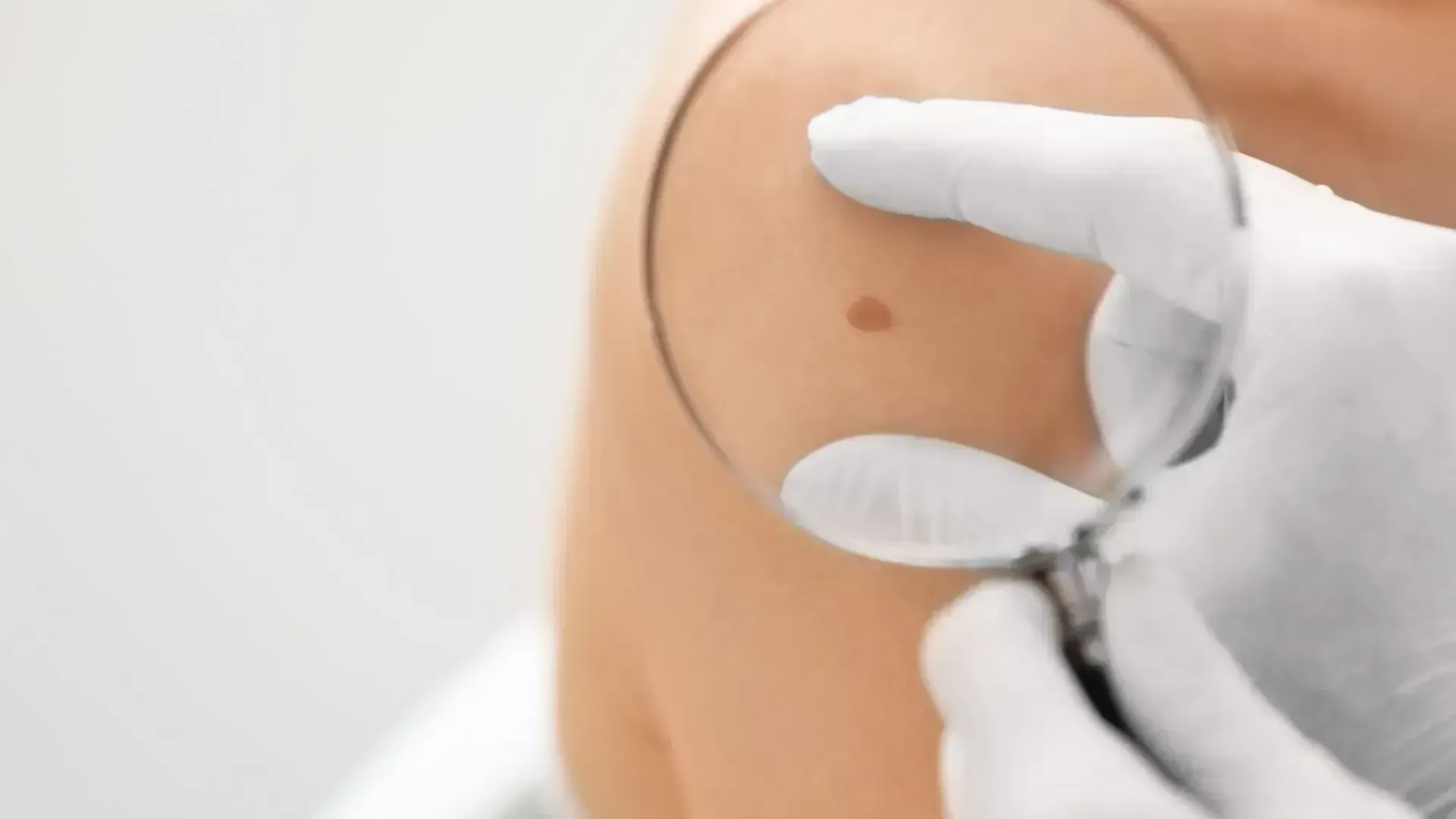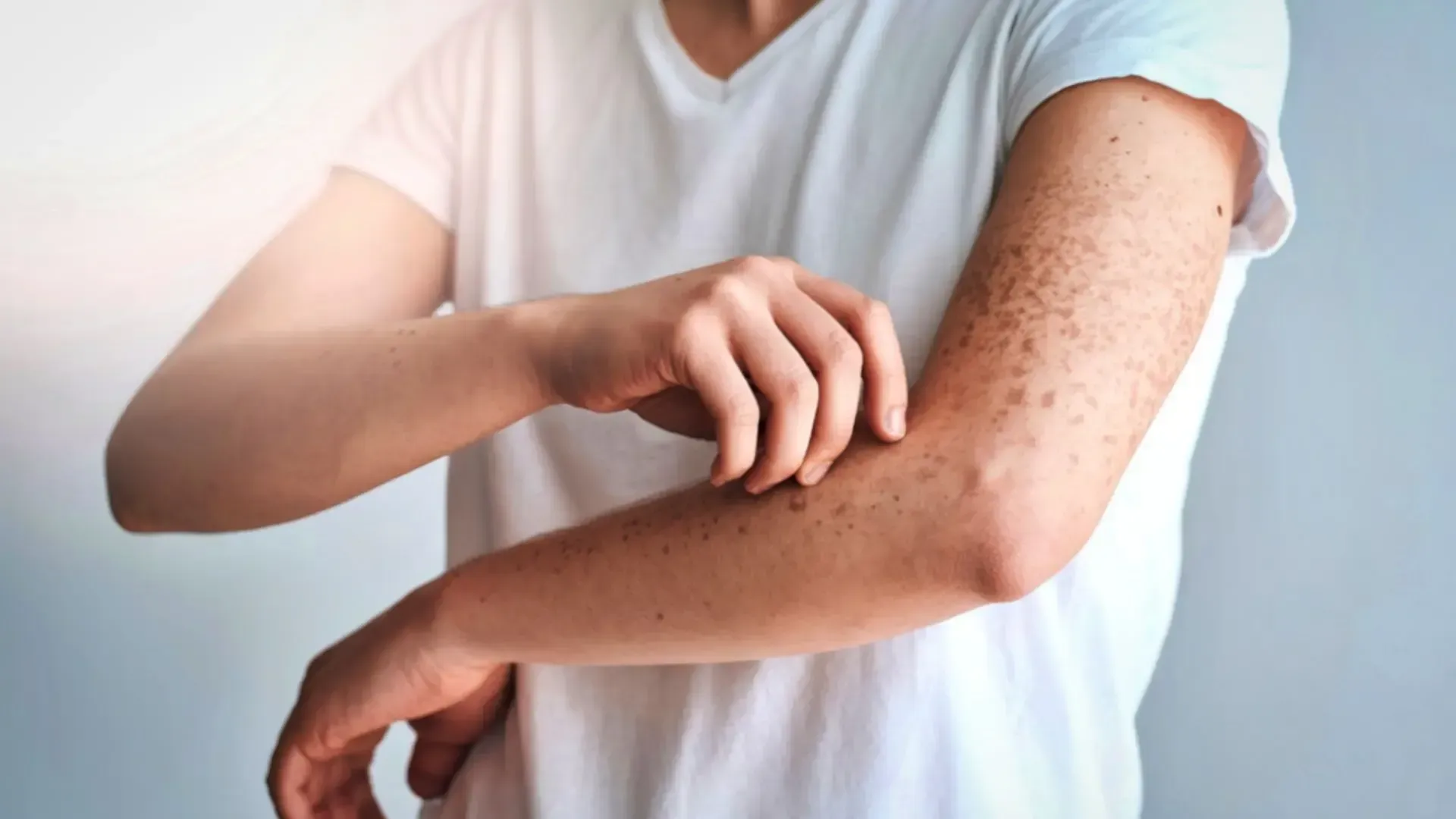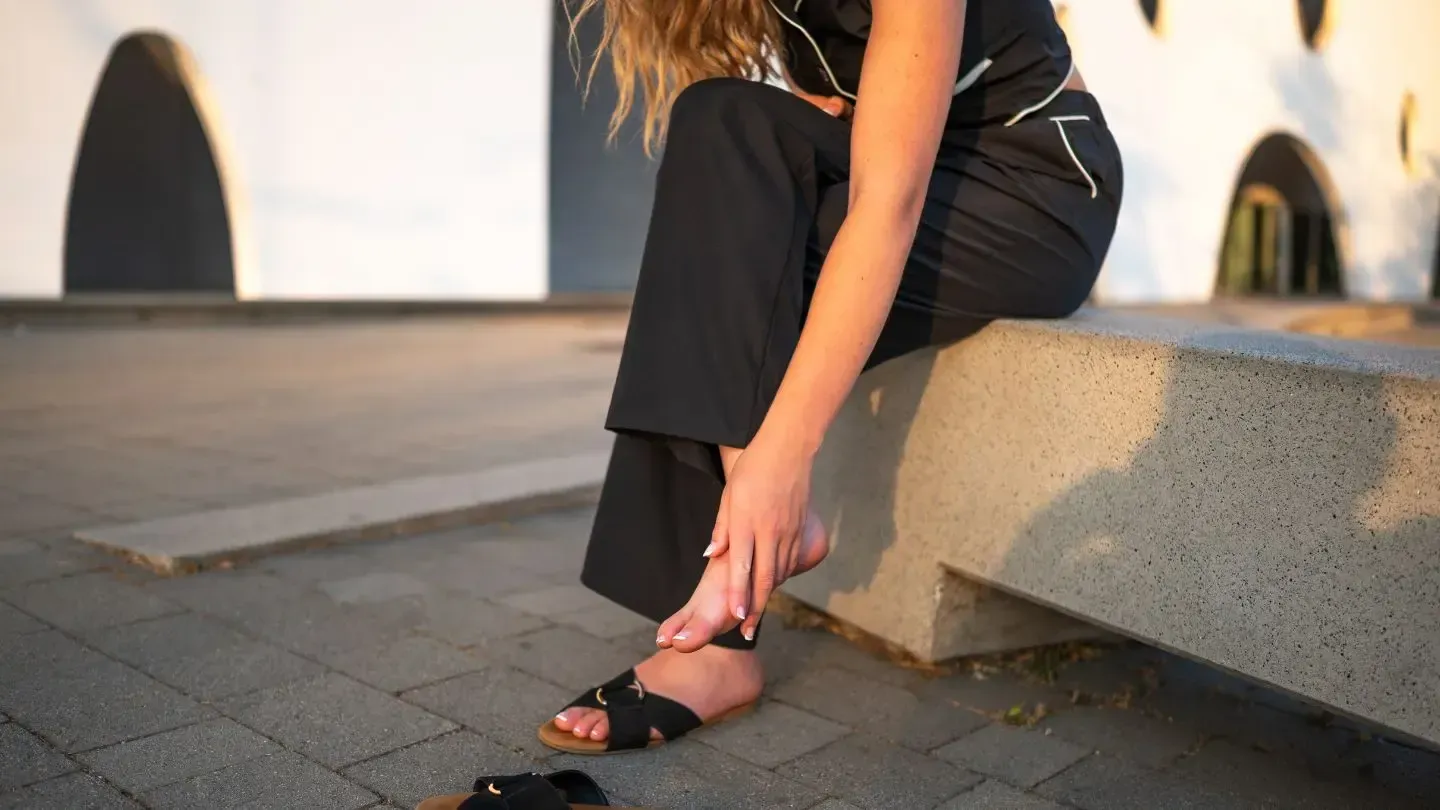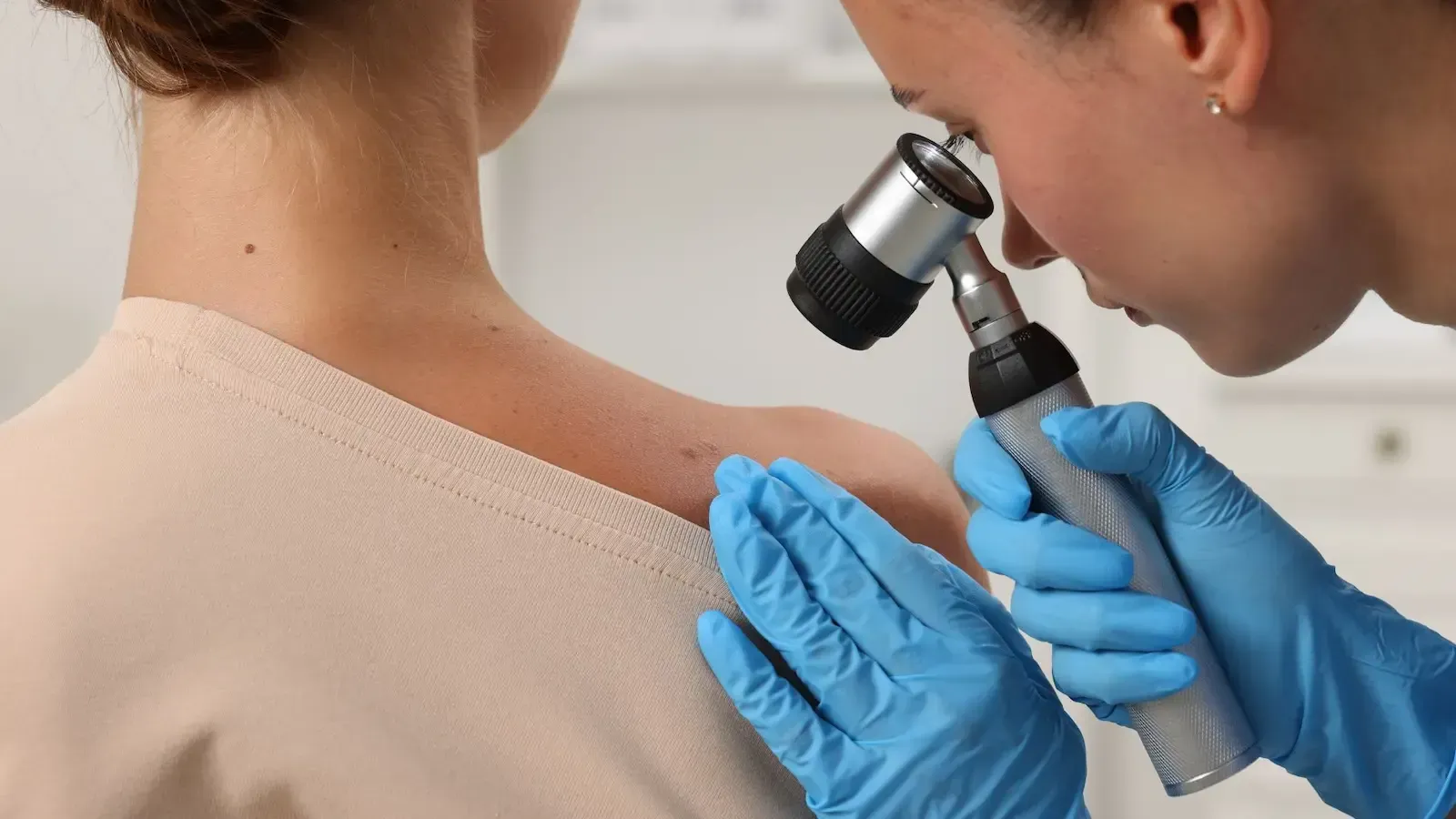Travel Medicine: Your Complete Guide to Medications a Travel Doctor May Prescribe
Preparing Your Personal Travel Medical Kit: Essential Medications for a Safe Journey

Understanding Travel Medicine Medications
When you visit a travel medicine specialist, they'll assess your destination, planned activities, pre-existing health conditions, and duration of travel to recommend appropriate medications. These prescriptions serve different purposes: some prevent illness, others provide standby treatment, and some manage conditions you might encounter at altitude or in tropical environments.
Medications for Traveller's Diarrhoea
Traveller's diarrhoea affects 20-50% of international travellers, depending on destination. Your travel doctor may prescribe several medications to prevent dehydration and manage symptoms effectively.[1][2]
Purpose: Controls nausea and vomiting associated with traveller's diarrhoea or food poisoning
Dosage: 8 mg tablet, taken up to twice daily as needed[3]
How to use: Take when nausea begins. The medication works by blocking serotonin receptors that trigger nausea and vomiting[4][5]
Side effects: Common effects include headache, constipation, dizziness, and drowsiness. Serious but rare effects include heart rhythm changes (QT prolongation), particularly in people with heart conditions or electrolyte imbalances, and serotonin syndrome when combined with certain other medications. Allergic reactions can occur, presenting as rash, swelling, or difficulty breathing[5][6][7][4]
Precautions: Inform your doctor if you have heart rhythm problems, electrolyte imbalances, or liver disease[4][5]
Purpose: Reduces the frequency of bowel movements in diarrhoea
Dosage: Take 4 mg (two 2 mg tablets) immediately after the first loose stool, then 2 mg after each subsequent loose bowel motion, up to a maximum of 16 mg per day[2][8][1]
How to use: Discontinue once stools become more solid. Should not be used for more than 2-3 days[8][1]
Side effects: Generally well tolerated. Possible effects include abdominal cramping, dizziness, dry mouth, and skin rash[9]
Important warnings: Do not use if you have bloody diarrhoea, high fever, or severe abdominal pain, as these may indicate invasive bacterial infection. Not recommended for children under 6 years or pregnant women when used alone[1][2][8]
Oral Rehydration Sachets (Gastrolyte, Hydralyte, Electral)
Purpose: Replace lost fluids and electrolytes due to diarrhoea and vomiting
Composition: Contains balanced amounts of sodium chloride, potassium chloride, glucose, and citrate[10][11][12]
How to use: Mix one sachet with exactly 200 mL of clean, boiled, or bottled water. Drink after each loose bowel motion[11][12][3]
Benefits: Provides faster and more effective rehydration than water alone, helping prevent dehydration complications[10][11]
Side effects: Generally very safe with minimal side effects when used as directed
Purpose: Antibiotic treatment for bacterial traveller's diarrhoea, particularly effective against common pathogens including Campylobacter, Salmonella, and Shigella
Dosage: For watery diarrhoea: 500 mg once daily for 1-3 days. For more severe diarrhoea or dysentery (bloody diarrhoea): Single 1000 mg dose[2][13][3][14]
How to use: Take on an empty stomach or with food. Stop when symptoms resolve; a full course may not always be necessary[3][14]
Why it's first-line: Azithromycin has become the preferred antibiotic for traveller's diarrhoea due to increasing fluoroquinolone resistance, particularly in Southeast Asia[13][15][16][2]
Side effects: Gastrointestinal disturbance (nausea, vomiting, abdominal discomfort), diarrhoea. Less commonly, drug interactions and allergic reactions[17][13][3]
Important: Should only be used for moderate to severe diarrhoea that interferes with your activities[15][18][2]
Cyclizine (Nausicalm, Marezine)
Purpose: Prevents and treats motion sickness, nausea, and vomiting
Dosage: 50 mg tablet, up to three times daily. For motion sickness, take 1-2 hours before travel[19][20]
How to use: Can be taken with or without food. Most effective when taken before symptoms begin[21][20][19]
Side effects: Common effects include drowsiness, blurred vision, dry mouth, and headaches. The sedating effect can impair motor skills and concentration[22][19][21]
Precautions: Use with caution if you have heart failure, epilepsy, or glaucoma. Avoid alcohol, as cyclizine enhances alcohol's sedating effects. Not recommended during pregnancy unless essential[20][19]
Malaria Prevention Medications
Malaria remains a serious risk in many tropical and subtropical regions. Your travel doctor will recommend prophylaxis based on your destination, drug resistance patterns, length of stay, and medical history.

Atovaquone-Proguanil (Malarone)
Purpose: Prevents Plasmodium falciparum malaria infection
Dosage: Adults: One standard strength tablet (250 mg atovaquone/100 mg proguanil) daily. Children: Dosing based on body weight, using paediatric formulation[23][24]
When to take: Start 1-2 days before entering a malaria area, continue daily while there, and for 7 days after leaving[25][23]
Advantages: Short post-travel course, well tolerated, effective against drug-resistant malaria[26][23][25]
Side effects: Generally mild. May include headache, nausea, abdominal pain, and diarrhoea[24][23]
Considerations: More expensive than doxycycline but requires shorter post-travel dosing. Not suitable for severe renal impairment[23][24][25]
Purpose: Daily malaria prevention, also effective against other travel-related infections
Dosage: Adults: 100 mg once daily. Children ≥8 years: 2.2 mg/kg daily (up to 100 mg)[27][28][29]
When to take: Start 1-2 days before entering malaria area, continue daily during exposure, and for 4 weeks after leaving[28][29][27]
Advantages: Inexpensive, can prevent some other infections (leptospirosis, rickettsial diseases), suitable for long-term use[30][25][27]
Side effects: Photosensitivity (increased sunburn risk), gastrointestinal upset, vaginal yeast infections in women. Take with food and avoid lying down for at least 30 minutes after taking to reduce oesophageal irritation[31][29][25][27][28]
Important precautions: Not suitable for children under 8 years, pregnant women, or breastfeeding mothers. Use high SPF sunscreen and protective clothing due to increased sun sensitivity[29][25][27][28]
Purpose: Weekly malaria prevention for high-risk areas
Dosage: Adults: 250 mg once weekly. Children: Dosing based on body weight[32][33][34]
When to take: Start 2-3 weeks before travel (allowing time to assess tolerance), continue weekly during travel, and for 4 weeks after leaving[35][34]
Advantages: Once-weekly dosing improves compliance compared to daily medications[36][32]
Serious warnings: Mefloquine can cause neuropsychiatric side effects including anxiety, depression, nightmares, hallucinations, and in rare cases, psychosis or seizures. These reactions occur in approximately 1 in 10,000-20,000 users for prophylaxis[37][38][39][40][41][34][42][43]
Contraindications: Must not be used in people with active or past history of psychiatric disorders (including depression, anxiety, schizophrenia), seizure disorders, or cardiac conduction abnormalities[34][43][32]
Important: If neuropsychiatric symptoms develop, stop mefloquine immediately and seek medical advice to switch to alternative prophylaxis. Effects can persist for weeks to months after stopping due to the drug's long half-life[40][43][34]
Side effects: Common effects include dizziness, headaches, gastrointestinal disturbance, and sleep disturbances. Female travellers and those with lower body weight appear at higher risk of side effects[44][33][45][32][34]
If you're travelling to high-altitude destinations (above 2,500-3,000 metres), your travel doctor may prescribe medication to prevent acute mountain sickness (AMS).
Purpose: Prevents and treats acute mountain sickness (AMS) and high-altitude cerebral oedema (HACE)
Dosage for prevention: 125 mg twice daily (250 mg twice daily if body weight >100 kg)[46][47][48]
Dosage for treatment: 250 mg twice daily[48]
When to take: Start 1 day before ascent, continue during ascent, and for 2 days after reaching maximum altitude[46][48]
How it works: Acetazolamide is a carbonic anhydrase inhibitor that acidifies the blood, stimulating breathing and improving oxygen levels. This helps your body acclimatise faster to reduced oxygen at altitude[49][46]
Effectiveness: Approximately 75% effective in preventing AMS. Studies show 1 in 8 people benefit from prevention of altitude sickness when taking acetazolamide[49][46]
Side effects: Very common (about 50% of users): tingling sensations (paraesthesias) in fingers, toes, and around the mouth. Common effects include altered taste (especially carbonated drinks taste flat), increased urination, and mild gastrointestinal upset[50][51][47][46]
Serious side effects (rare): Metabolic acidosis, electrolyte imbalances (low potassium, low sodium), kidney stones, severe allergic reactions[51][50]
Precautions: Not suitable for people with sulfonamide allergy, severe kidney or liver disease. Monitor for dehydration due to diuretic effect[50][51][48]
Alternative: Ibuprofen 600 mg every 8 hours can reduce AMS symptoms but is not as effective as acetazolamide[52][48]
Additional Medications for Specific Situations
Purpose: Broad-spectrum antibiotic, sometimes prescribed as standby treatment for severe traveller's diarrhoea or urinary tract infections
Dosage for traveller's diarrhoea: Single 750 mg dose, or 500 mg twice daily for 1-3 days[2][53][9][54]
Important regulatory update: Fluoroquinolone antibiotics (including ciprofloxacin) should now only be used when other antibiotics are inappropriate, due to risks of serious side effects including tendon damage, nerve problems, and central nervous system effects. Azithromycin is now preferred as first-line treatment for traveller's diarrhoea[55][56][2]
Side effects: Gastrointestinal disturbance, central nervous system effects (dizziness, headache), skin rash, photosensitivity. Serious effects include tendon rupture, peripheral neuropathy[56][9]
Precautions: Avoid in children under 18 years, pregnancy, breastfeeding (unless essential). Not recommended for routine standby use due to safety concerns[57][9][55][56]
Standby Treatment: Benefits and Considerations
Travel doctors may provide "standby" medications for self-treatment abroad. This approach has both benefits and risks.
· Allows prompt treatment when medical care is unavailable
· Reduces illness duration and severity
· Provides peace of mind for remote destinations
Risks and concerns:[55][57][18]
· May encourage unnecessary antibiotic use for mild illness
· Increases carriage of antibiotic-resistant bacteria (up to 80% in Southeast Asian travellers)[58][55]
· Risk of inappropriate self-diagnosis
· Contributes to global antimicrobial resistance
Current recommendations: Standby antibiotics should be reserved for situations where moderate to severe illness interferes with travel activities, and medical care is not readily accessible. Mild diarrhoea typically requires only fluids and loperamide, not antibiotics[1][2][57][18][55]
Practical Tips for Managing Travel Medications
Before Travel:
· Schedule your travel medicine consultation 6-8 weeks before departure
· Disclose all pre-existing conditions and current medications to avoid interactions[59][60]
· Check medication restrictions at your destination[61]
· Request prescriptions and medical letters for controlled substances[62][63]
Packing Your Medications:
· Keep medicines in original labelled containers[63][62]
· Pack medications in carry-on luggage, with extras in checked baggage
· Bring more than you need to cover delays[64][61]
· Include a copy of prescriptions and your doctor's letter[62][63]
· Store at appropriate temperatures
During Travel:
· Take malaria prophylaxis with food to reduce nausea[23][27]
· Set phone reminders for daily medications
· Document doses taken
· Seek local medical care for severe or persistent symptoms
· Know the location of medical facilities at your destination[61]
New Zealand-Specific Considerations
Returning to New Zealand:
· You may bring up to 3 months' supply of prescription medicines (6 months for oral contraceptives)[62][63]
· Controlled drugs require declaration on arrival and must not exceed 1 month's supply[63][62]
· Carry copies of prescriptions or doctor's letters[62][63]
· Medicine must be in original containers[63][62]
Seek immediate medical attention for:
· Bloody diarrhoea or high fever (>38.5°C)
· Severe dehydration (dizziness, decreased urination, confusion)
· Symptoms persisting despite treatment
· Severe headache with stiff neck or altered consciousness at altitude
· Difficulty breathing at altitude
· Any symptoms suggesting malaria (fever, chills, sweats) during or after travel to malaria areas
Malaria note: Even with prophylaxis, malaria is still possible. Any fever during or within 3 months of leaving a malaria area requires urgent medical assessment[35]
This information is for educational purposes only and should not replace professional medical advice. Always consult your doctor or travel medicine specialist before starting any medication. Your healthcare provider will assess your individual circumstances, medical history, and travel plans to prescribe appropriate medications and provide personalised advice.
About the Author
Dr Bernard Teo MBChB, FRNZCGP, PGDipOccMed (Distinction), PGDip Dermatology, PDip Skin Cancer Surgery, is a general practitioner with expertise in travel medicine, dermatology, and occupational health. Dr Teo provides comprehensive travel health consultations at 1 Health medical clinic in Christchurch, New Zealand.
For personalised travel health advice and vaccinations, contact 1 Health to book your travel medicine consultation.
References: Information sourced from the NZ Formulary, CDC Yellow Book, Travel Health Pro, peer-reviewed medical journals, and Medsafe New Zealand prescribing information.[2][65][19][23][24][48]
2. https://www.cdc.gov/yellow-book/hcp/preparing-international-travelers/travelers-diarrhea.html
3. https://www.qoctor.com.au/pil-items/travellers-diarrhoea-leaflet/
4. https://www.webmd.com/drugs/2/drug-30/zofran-oral/details
5. https://www.medicalnewstoday.com/articles/drugs-ondansetron-tablets-side-effects
6. https://www.healthline.com/health/drugs/ondansetron-orally-disintegrating-solid
7. https://medlineplus.gov/druginfo/meds/a601209.html
8. https://artsen.wanda.be/a-z-index/travellers-diarrhoea-treatment
9. https://pmc.ncbi.nlm.nih.gov/articles/PMC1539099/
10. https://www.nzonlinechemist.co.nz/products/electral-oral-electrolyte-rehydration-sachets-50-pack
11. https://www.lifepharmacy.co.nz/products/enerlyte-rehydration-salts-sachets-10s
12. https://www.angleseapharmacy.co.nz/shop/product/818915/hydralyte-orange-24-sachets/
13. https://pmc.ncbi.nlm.nih.gov/articles/PMC5650106/
14. https://tripprep.com/library/travelers-diarrhea
15. https://pmc.ncbi.nlm.nih.gov/articles/PMC6751351/
16. https://pmc.ncbi.nlm.nih.gov/articles/PMC7200320/
17. https://healthclinics.superdrug.com/services/travellers-diarrhoea/
18. https://academic.oup.com/jtm/article/25/1/tay099/5127105
19. https://www.medsafe.govt.nz/profs/datasheet/n/Nausicalmtab.pdf
20. https://healthify.nz/medicines-a-z/c/cyclizine
21. https://www.nhs.uk/medicines/cyclizine/side-effects-of-cyclizine/
22. https://www.rxlist.com/cyclizine/generic-drug.htm
23. https://www.medsafe.govt.nz/profs/datasheet/m/Malaronetab.pdf
24. https://www.medsafe.govt.nz/consumers/cmi/m/MalaroneJunior.pdf
25. https://www.travelhealth.com.au/doxycycline-vs-atovaquone-proguanil/
26. https://pmc.ncbi.nlm.nih.gov/articles/PMC261741/
27. https://pmc.ncbi.nlm.nih.gov/articles/PMC3062442/
28. https://healthclinics.superdrug.com/services/doxycycline/
29. https://www.nps.org.au/medicine-finder/chemmart-doxycycline-tablets
30. https://pmc.ncbi.nlm.nih.gov/articles/PMC4641395/
31. https://journals.sagepub.com/doi/pdf/10.4137/CMT.S2860
32. https://pmc.ncbi.nlm.nih.gov/articles/PMC3224336/
33. https://pubmed.ncbi.nlm.nih.gov/12962582/
34. https://gpnotebook.com/pages/infectious-disease/mefloquine-neuropsychiatric-adverse-reactions
35. https://www.familydoctor.co.nz/categories/medication/antimalarials-a-patients-guide/
37. https://www.semanticscholar.org/paper/2410905e14490ddcc312b4a0a595f3aa38278b08
38. https://dx.plos.org/10.1371/journal.pone.0168780
39. https://pmc.ncbi.nlm.nih.gov/articles/PMC1564027/
40. https://pmc.ncbi.nlm.nih.gov/articles/PMC5684859/
41. https://bpspubs.onlinelibrary.wiley.com/doi/10.1002/prp2.328
42. https://pubmed.ncbi.nlm.nih.gov/11064842/
44. https://academic.oup.com/jtm/article-abstract/9/6/289/1805308
45. https://jimki.bapin.or.id/main/article/view/849
46. https://thennt.com/nnt/acetazolamide-prevention-acute-mountain-sickness-ams/
47. https://www.mayoclinic.org/drugs-supplements/acetazolamide-oral-route/description/drg-20535236
49. https://www.ultimatekilimanjaro.com/5-prescription-medicines-for-acclimatization-altitude-sickness/
50. https://www.singlecare.com/blog/acetazolamide-side-effects/
51. https://my.clevelandclinic.org/health/drugs/18976-acetazolamide-oral-tablets
52. https://wms.org/magazine/magazine/1463/2024-Altitude-Summary/default.aspx
53. https://www.droracle.ai/articles/157607/dose-of-ciprofloxacin-for-travellers-diarrhea
54. https://www.mayoclinic.org/drugs-supplements/ciprofloxacin-oral-route/description/drg-20072288
55. https://pmc.ncbi.nlm.nih.gov/articles/PMC7545114/
56. https://services.nhslothian.scot/travelclinics/2024/03/18/antibiotics-and-travellers-diarrhoea/
58. https://pmc.ncbi.nlm.nih.gov/articles/PMC9619438/
60. https://pmc.ncbi.nlm.nih.gov/articles/PMC6239081/
61. https://www.medicalnewstoday.com/articles/allergy-medication-vacation
62. https://www.customs.govt.nz/travel-to-and-from-new-zealand/medicines
64. https://mcgovernallergy.com/allergy-medications-and-travel/
66. https://www.droracle.ai/articles/145761/malaria-prophylaxis-medication
68. https://www.semanticscholar.org/paper/cb58a92a1c9c97374b62c17473c3ddc696476f88
69. https://www.semanticscholar.org/paper/c91ed482fa00909cc6db8c2e5ae0ca1a6e9da24a
70. https://karger.com/article/doi/10.1159/000531788
71. https://academic.oup.com/trstmh/article-lookup/doi/10.1016/S0035-9203(97)90223-6
72. https://www.semanticscholar.org/paper/80900f959bdf2d15ecdea6f45b5fd3367449cd88
73. http://jim.bmj.com/lookup/doi/10.1136/jim-52-suppl1-221
74. http://content.wkhealth.com/linkback/openurl?sid=WKPTLP:landingpage&an=00042871-200401001-00221
75. https://pmc.ncbi.nlm.nih.gov/articles/PMC194860/
76. https://pmc.ncbi.nlm.nih.gov/articles/PMC4648841/
77. https://pmc.ncbi.nlm.nih.gov/articles/PMC3225143/
78. https://pmc.ncbi.nlm.nih.gov/articles/PMC2736201/
79. https://pmc.ncbi.nlm.nih.gov/articles/PMC4919134/
80. https://australianprescriber.tg.org.au/articles/tafenoquine-succinate-for-malaria-prevention.html
81. https://pmc.ncbi.nlm.nih.gov/articles/PMC6450424/
82. https://wwwnc.cdc.gov/travel/news-announcements/tafenoquine-malaria-prophylaxis-and-treatment
83. https://www.cdc.gov/malaria/resources/pdf/fsp/drugs_2017/Doxycycline_2017.pdf
84. https://www.thelancet.com/journals/laninf/article/PIIS1473-3099(24)00074-4/fulltext
85. https://www.ajtmh.org/view/journals/tpmd/93/5/article-p1110.xml
86. https://journals.lww.com/10.4103/jfmpc.jfmpc_1737_23
87. https://academic.oup.com/bjd/article/192/3/440/7848194
88. https://jppt.kglmeridian.com/view/journals/jppt/29/4/article-p354.xml
89. https://www.eurekaselect.com/229806/article
90. http://link.springer.com/10.1007/s40272-015-0156-y
91. https://adc.bmj.com/lookup/doi/10.1136/archdischild-2020-NPPG.55
92. https://innovareacademics.in/journals/index.php/ijcpr/article/view/35703
93. https://journalofmetabolichealth.org/index.php/jmh/article/view/72
95. https://pmc.ncbi.nlm.nih.gov/articles/PMC11426078/
96. https://pmc.ncbi.nlm.nih.gov/articles/PMC8982926/
97. https://pmc.ncbi.nlm.nih.gov/articles/PMC4928527/
98. https://pmc.ncbi.nlm.nih.gov/articles/PMC10883331/
99. https://pmc.ncbi.nlm.nih.gov/articles/PMC10821703/
100. https://pmc.ncbi.nlm.nih.gov/articles/PMC5689387/
101. https://europepmc.org/articles/pmc4703284?pdf=render
102. https://pmc.ncbi.nlm.nih.gov/articles/PMC8837496/
103. https://linkinghub.elsevier.com/retrieve/pii/S2772829324000547
104. https://pmc.ncbi.nlm.nih.gov/articles/PMC2645129/
105. https://pmc.ncbi.nlm.nih.gov/articles/PMC11703566/
106. https://pmc.ncbi.nlm.nih.gov/articles/PMC5638172/
107. https://developers.google.com/search/docs/fundamentals/creating-helpful-content
108. https://authenticdigital.nz/blog/google-seo-guidelines
110. https://firstpage.nz/learning-centre/seo/googles-eat-guide/
111. https://brandnewcopy.com/content-google-e-e-a-t-guidelines/
113. https://www.medsafe.govt.nz/profs/class/Agendas/Agen73/MCC_73_TravelVacc_Comments_Binder_FINAL.pdf
114.https://www.nzie.ac.nz/blog-basic-guide-to-search-engine-optimisation-seo/
115. https://preventioncentre.org.au/resources/writing-for-search-engine-optimisation-seo/
116.https://www.semanticscholar.org/paper/df76eaa7f72a75479b6f2b81b13a6b7cd86c79f3
117. https://linkinghub.elsevier.com/retrieve/pii/S1198743X14613720
118. https://pmc.ncbi.nlm.nih.gov/articles/PMC4415508/
119.https://pmc.ncbi.nlm.nih.gov/articles/PMC6609748/
120. https://pmc.ncbi.nlm.nih.gov/articles/PMC5848251/
121.https://www.mdpi.com/2226-4787/7/3/107/pdf
122. https://pmc.ncbi.nlm.nih.gov/articles/PMC3061023/
123. https://www.pharmacydirect.co.nz/Travel-Health
125. https://linkinghub.elsevier.com/retrieve/pii/S1341321X13701752
126. https://academic.oup.com/cid/article/66/11/1751/4706214
127. https://www.bmj.com/lookup/doi/10.1136/bmj.b4167
128. https://www.semanticscholar.org/paper/c7aa0ebf98d163c551136fcd0bc695266535c9d6
129. https://safpj.co.za/index.php/safpj/article/view/4934
130. https://www.semanticscholar.org/paper/c1f2fe4b9c0c4a6b38f89281b5a4a88858ede559
131. https://www.semanticscholar.org/paper/6cd3e643ffdc99767f637ec2e63495be40305db4
132. https://www.semanticscholar.org/paper/56af0011a89c39b167952776526e2d9f40a0b980
133. https://pmc.ncbi.nlm.nih.gov/articles/PMC6553886/
134. https://pmc.ncbi.nlm.nih.gov/articles/PMC10237628/
135. https://pmc.ncbi.nlm.nih.gov/articles/PMC2493087/
136. https://pmc.ncbi.nlm.nih.gov/articles/PMC10956543/
Have Questions About Your Health?
Our clinicians at 1 Health are here to help — whether it’s GP care, dental, travel vaccines, or facial aesthetics. Book a consultation anytime.
Book Online:
https://www.1health.nz/contact
Call:
Disclaimer:
This article is for general information only and is not medical advice. Every person’s health situation is different. For personalised guidance or diagnosis, please consult a qualified clinician.



